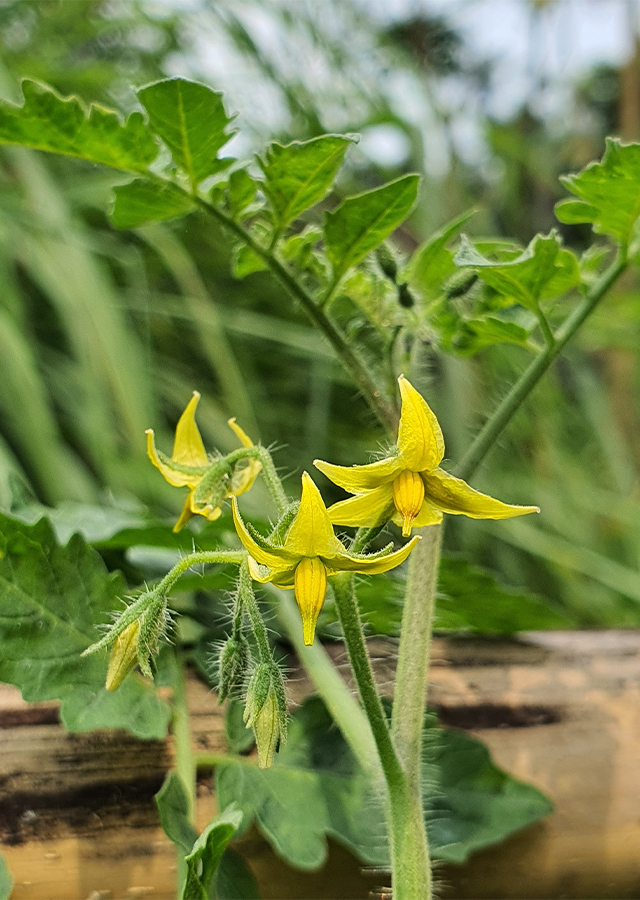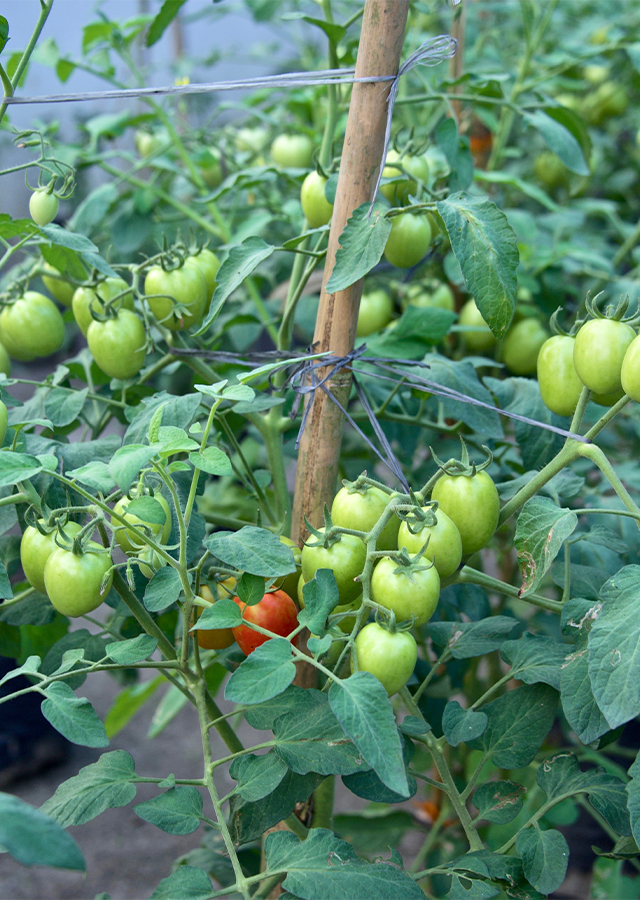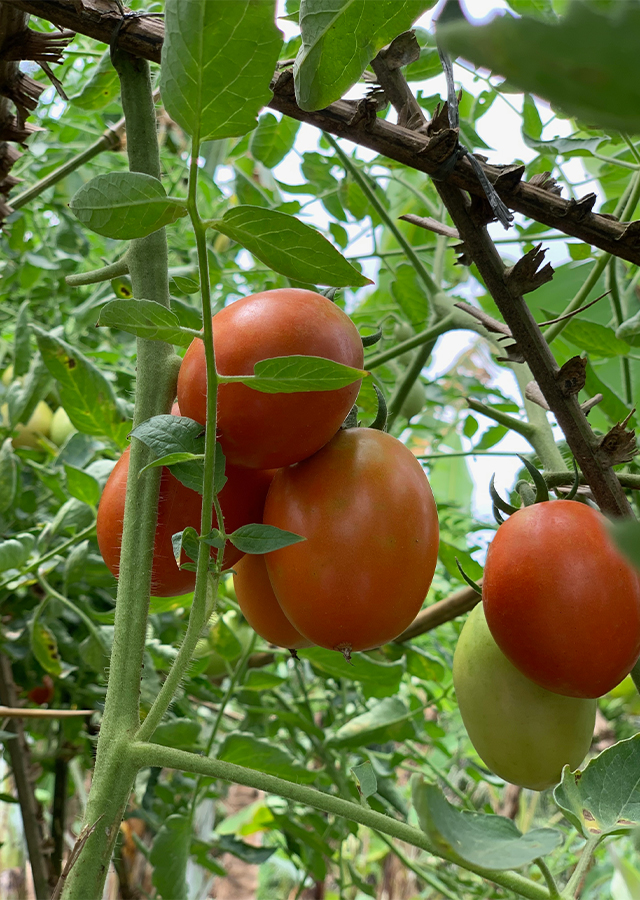Traditional Herbs from Solanum lycopersicum
fever
- Prepare 3 ripe tomatoes, 1 tablespoon honey, 100 ml boiled water.
- Wash the tomatoes, cut them into pieces and mash them, add honey and water, squeeze and strain.
- Drink 3 times a day .
reducing_blood_pressure
- Consume 1-2 fresh tomatoes in the morning on an empty stomach.
brightening_face
- Prepare 1 medium tomato (100 g), 1 tablespoon olive oil.
- Squeeze the tomatoes, add olive oil then mix well.
- Apply on face and let dry.
What is Solanum lycopersicum Looks like??



Parts of Solanum lycopersicum that could be used
Solanum lycopersicum Distribution
The history of tomato cultivation began in mainland Latin America, more precisely around Peru, the Equator and it was from this area that tomato plants began to spread to all parts of the American tropics. It wasn't long before Mexicans began cultivating this plant. Tomato plants began to enter Europe in the early 16th century
Agroecology of Solanum lycopersicum
Tomatoes are widely planted in the highlands and lowlands up to an altitude of 2,000 m above sea level, temperature 20-27 °C, rainfall 600-1,300 mm/year, fertile sandy loam soil texture, loose with a pH of 6-7, rich in organic matter and easily binds water. Requires sufficient sunlight for growth
Morphology of Solanum lycopersicum
- Tap root with many and shallow fibrous roots.
- Stems are green and rectangular to round in shape, have rough hairs, whitish green.
- Compound leaves, pinnate leaf veins, grooved and serrated leaf edges , elongated ovate, tapered tip, green.
- Flowers hermaphroditic (have two sexes).
- Flat seeds are yellowish brown.
Cultivation of Solanum lycopersicum
- Generative propagation (seeds). Seeds are not wrinkled, deformed and come from healthy parent plants.
- After the seeds are 30-35 days old, move them and plant them in the garden.
- The best planting time is in the morning or evening, 1-2 months before the rainy season ends.
Solanum lycopersicum, more details :
Chemical Content of Solanum lycopersicum
Vitamin A, vitamin C, B1, minerals, lycopene, solenoid alkaloids, saponins, folic acid, malic acid, citric acid, bioflavonoids, niacin, histamine, pectin, arbutin.
Benefits of Solanum lycopersicum
Antioxidants, drugs for prostate cancer, stomach cancer, reduce the risk of heart disease, lower cholesterol and blood pressure, reduce the risk of stroke, good for skin health.
Simplisia of Solanum lycopersicum
Not yet available
Another Facts for Solanum lycopersicum :
Synonym of Solanum lycopersicum
Amatula flava� Medik., Amatula rubra� Medik., Lycopersicon cerasiforme� Dunal
Habitus of Solanum lycopersicum
Herb. Annual herb, reaching 30-200 cm high
Habitat of Solanum lycopersicum



No comments:
Post a Comment